Fall is the best time to prevent new pest infestations. With the weather cooling down, insects and rodents are looking for a place to bed down for the winter. Don’t make your house more attractive to these critters. Follow these tips to keep pests out of your home this winter.
Locate Pest Entrances
Take the time to inspect the outside of your home. Insects can enter through any small gaps in your home’s exterior. Look for gaps in the caulking around windows and doors, around vents and pipes, even around cables. (Be extra careful around electrical wires.)
Next, check along the edges of your siding and where your siding meets window and door frames. Note any gaps. Look for small gaps where insects could get behind the siding and nest. Also look for larger gaps and holes or signs of rodent damage. Squirrels and mice will enlarge smaller gaps to accommodate their size. Look for chew marks or darker patches around holes. These are signs that small mammals are using these as entrances into your home.
Inspect weather stripping around your doors. Look for missing or worn areas. Next, check your screens. Look for holes in screens or gaps between screen and window frames. Repair, if possible.
Eliminating Pest Access Points
If it is safe for you to do so, fill small gaps and holes with a high quality caulk or other appropriate material. Use weather stripping around windows and doors. And don’t forget around your garage door. Adding weather stripping around your garage door will not only help keep pests out of your garage, it will keep your garage warmer and save you money on your winter heating bill.
If gaps are larger or show signs of rodent usage, stuff holes with steel wool or copper mesh. Rodents will not chew through metal mesh. You can also use expanding foam to fill larger gaps. Once foam has dried, use a utility knife to cut off excess.
Making your home less attractive to insects
Remove sources of moisture. Insects and rodents need water to survive. Make sure you are not providing it. Look for leaks in and around your home. Check your attack spaces for roof leaks and excess moisture and remediate these. Add a dehumidifier to your basement and keep the humidity at 40% or under. This will make your basement less hospitable for insects.
Deter Rodents from Your Home
Remove food sources by keeping rubbish contained in appropriate bins. Secure pet food and bird seed in metal containers with latching lids. Examine your home for other possible food sources and remove them.
Eliminate possible nesting areas my removing clutter from your garage and in dark hidden areas of your home such as in closets and under cabinets. Store items on raised shelving units that allow you to clean debris from beneath. You will be able to see signs of an infestation immediately, allowing you to remediate before the problem has a chance to grow.
While it’s impossible to make your home immune to pests, by following these tips you will make your home less attractive to them this fall. If you find signs of an infestation, give us a call. We can help you to locate the source of the problem and tailor a solution specific to your needs.

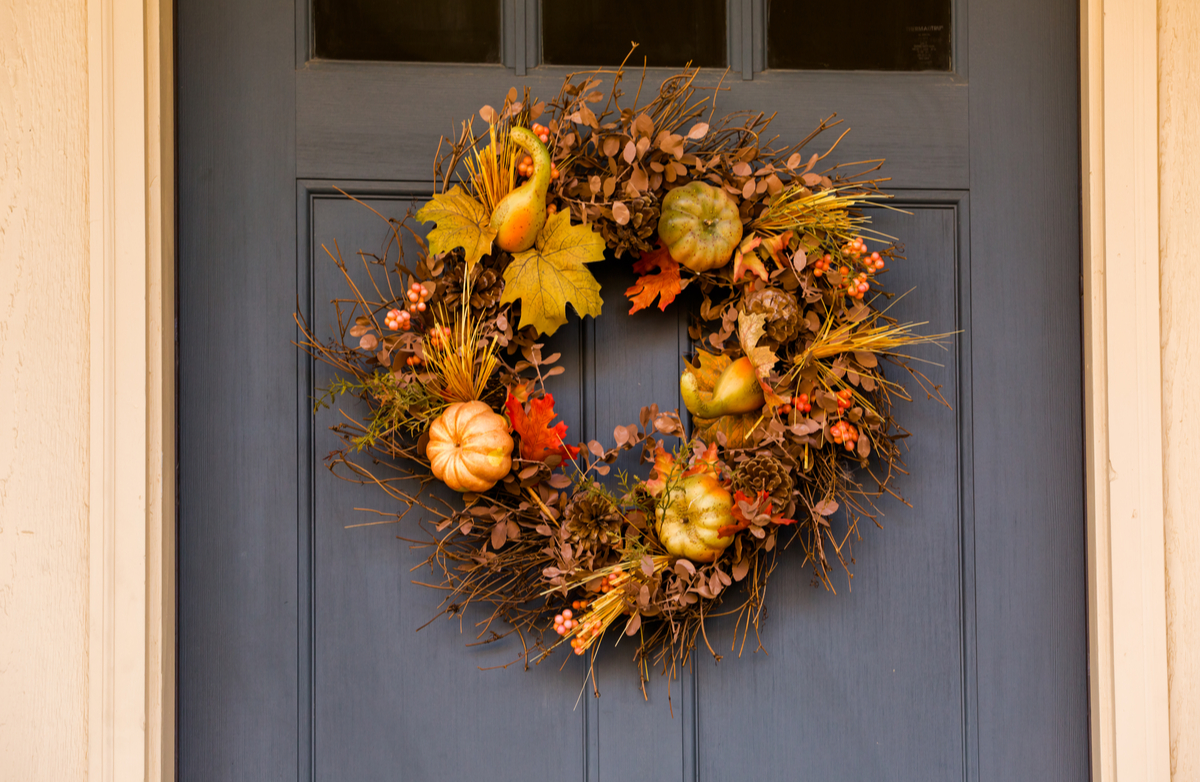
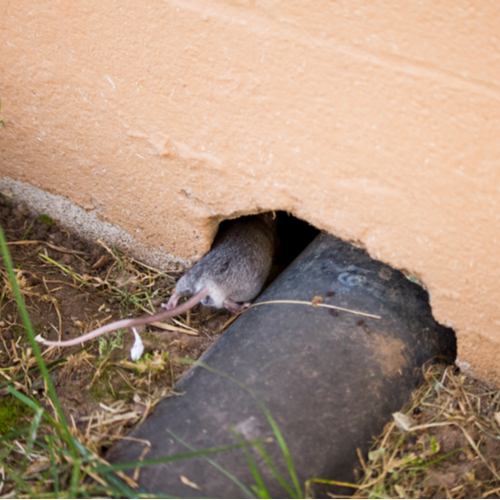
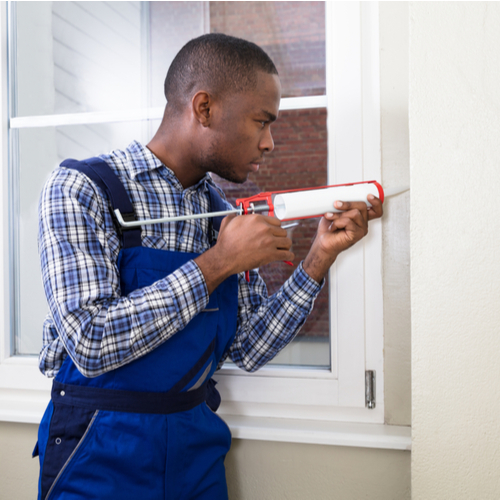
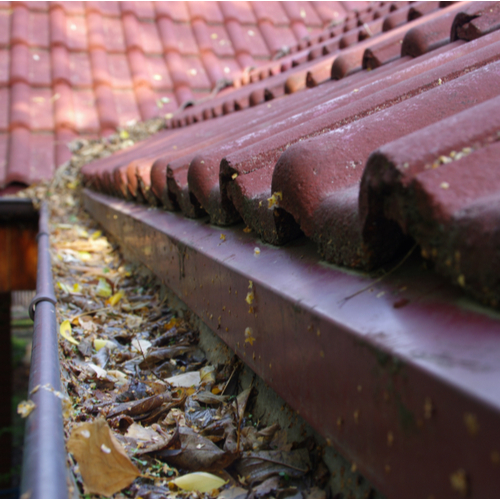
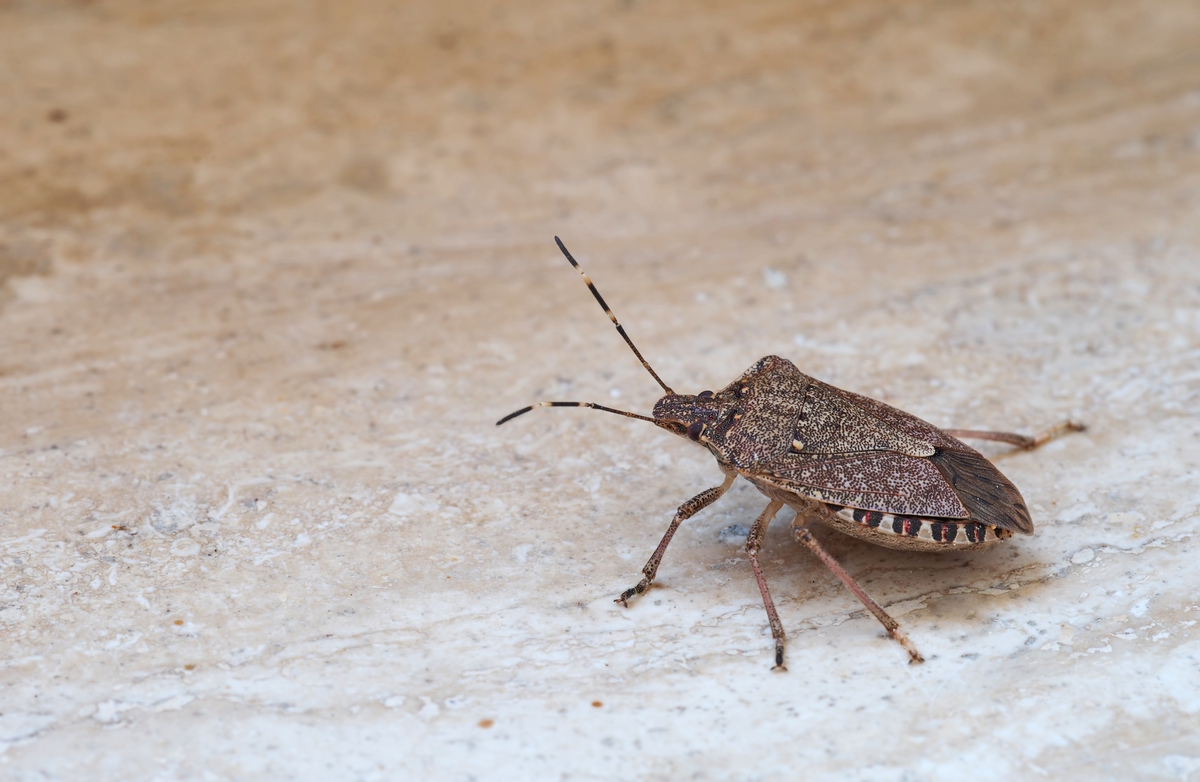
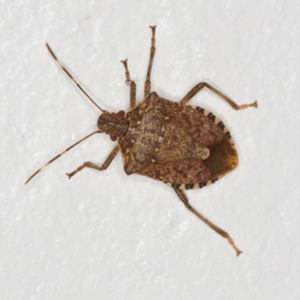

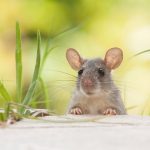
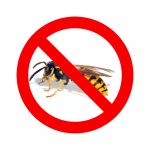

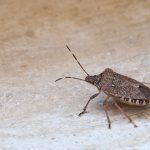

Recent Comments